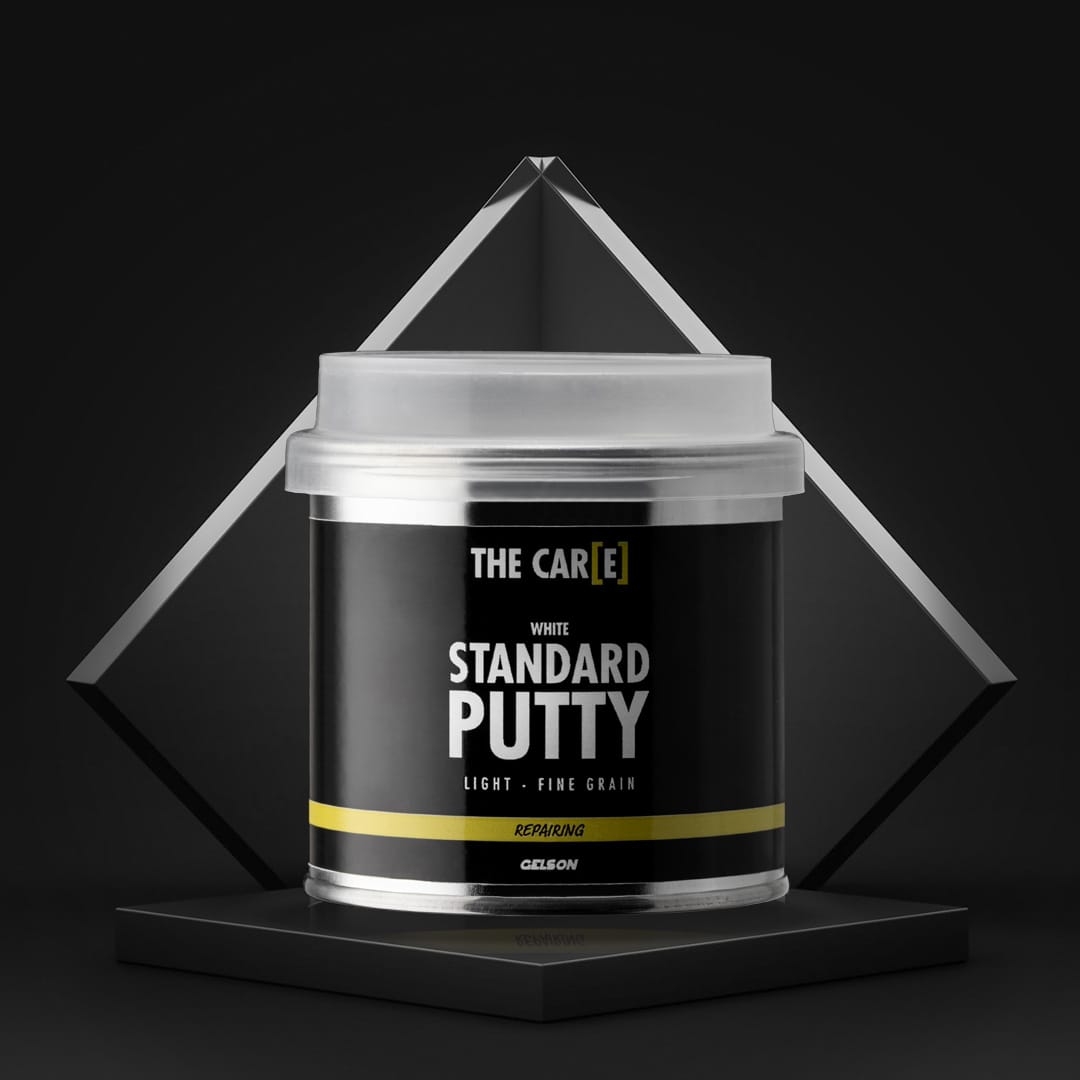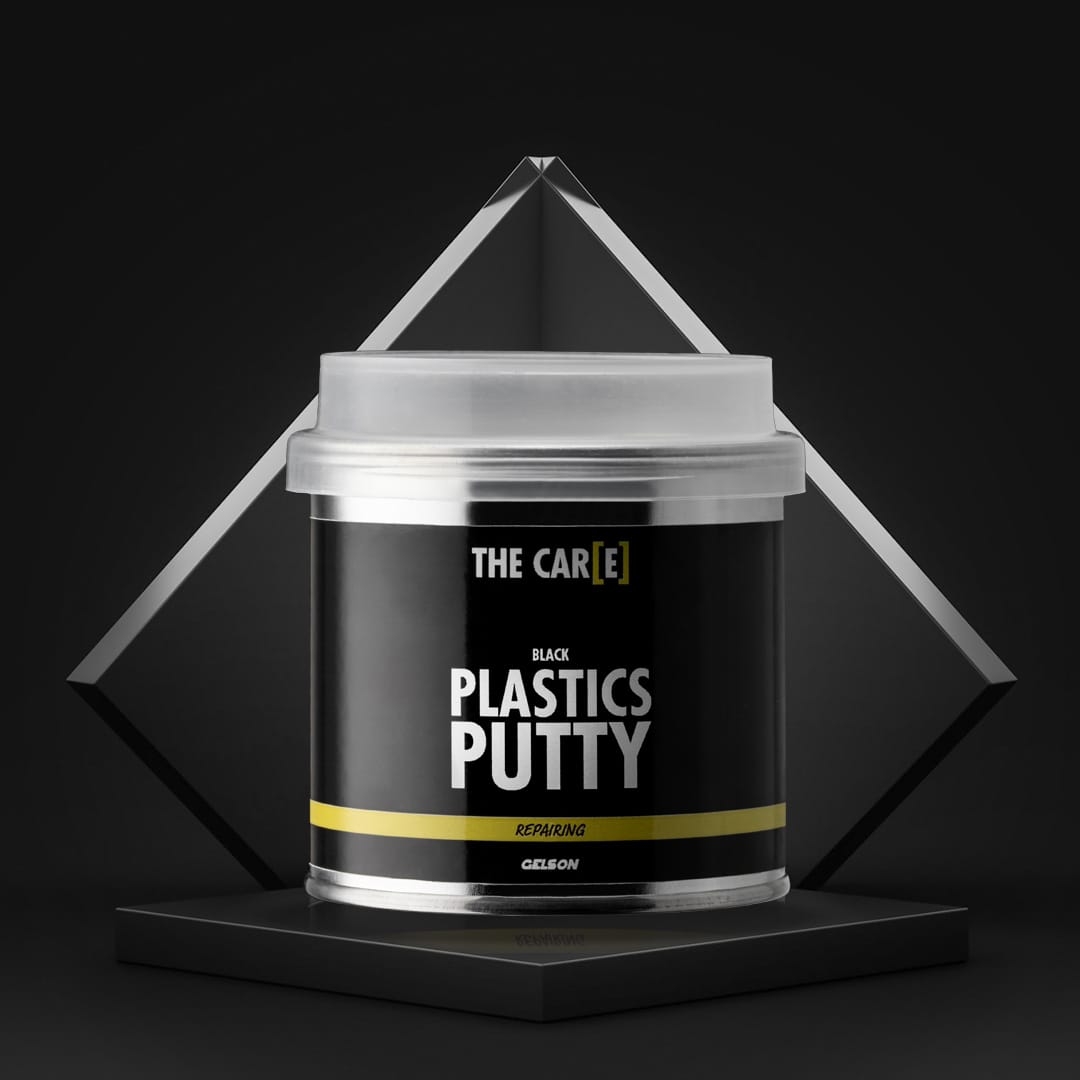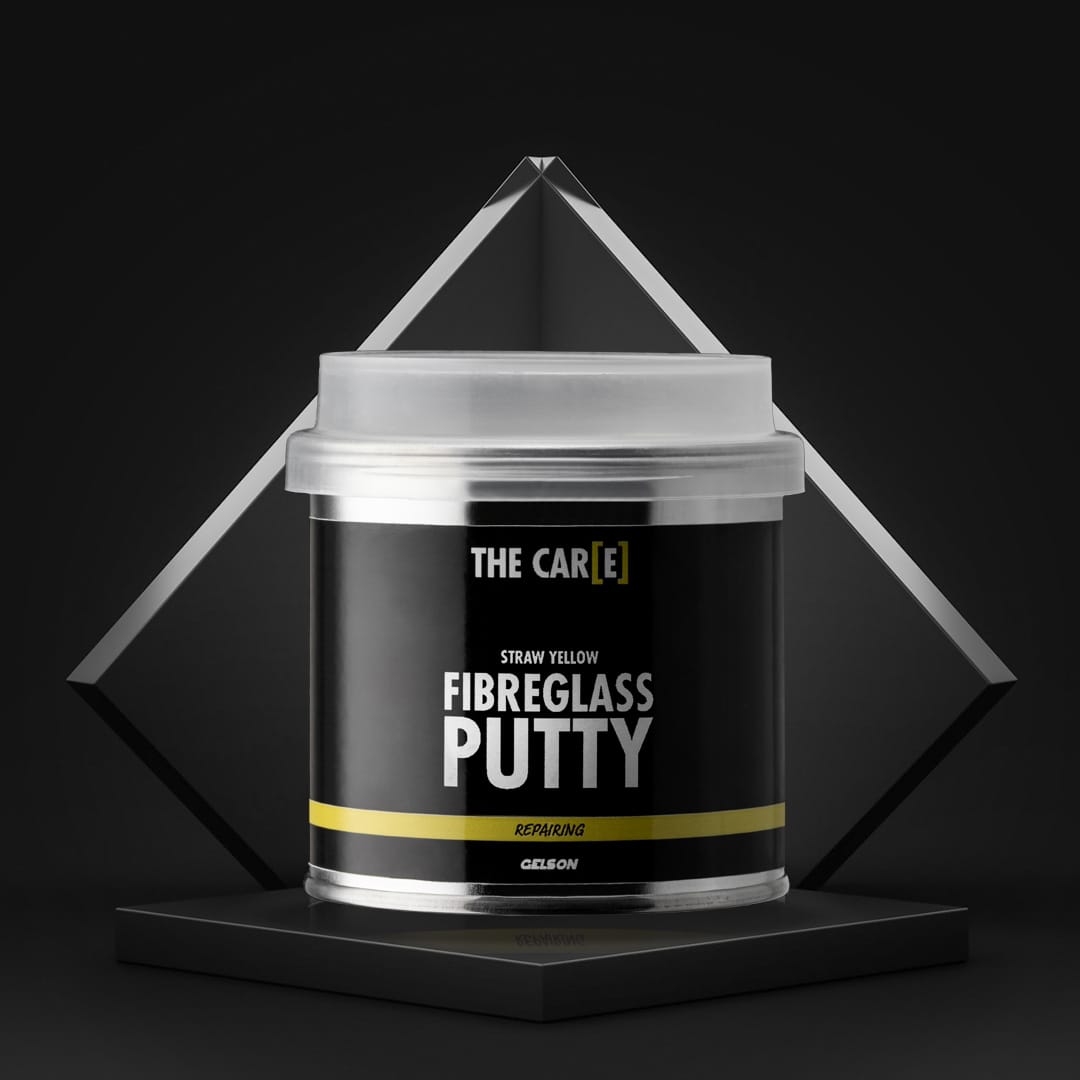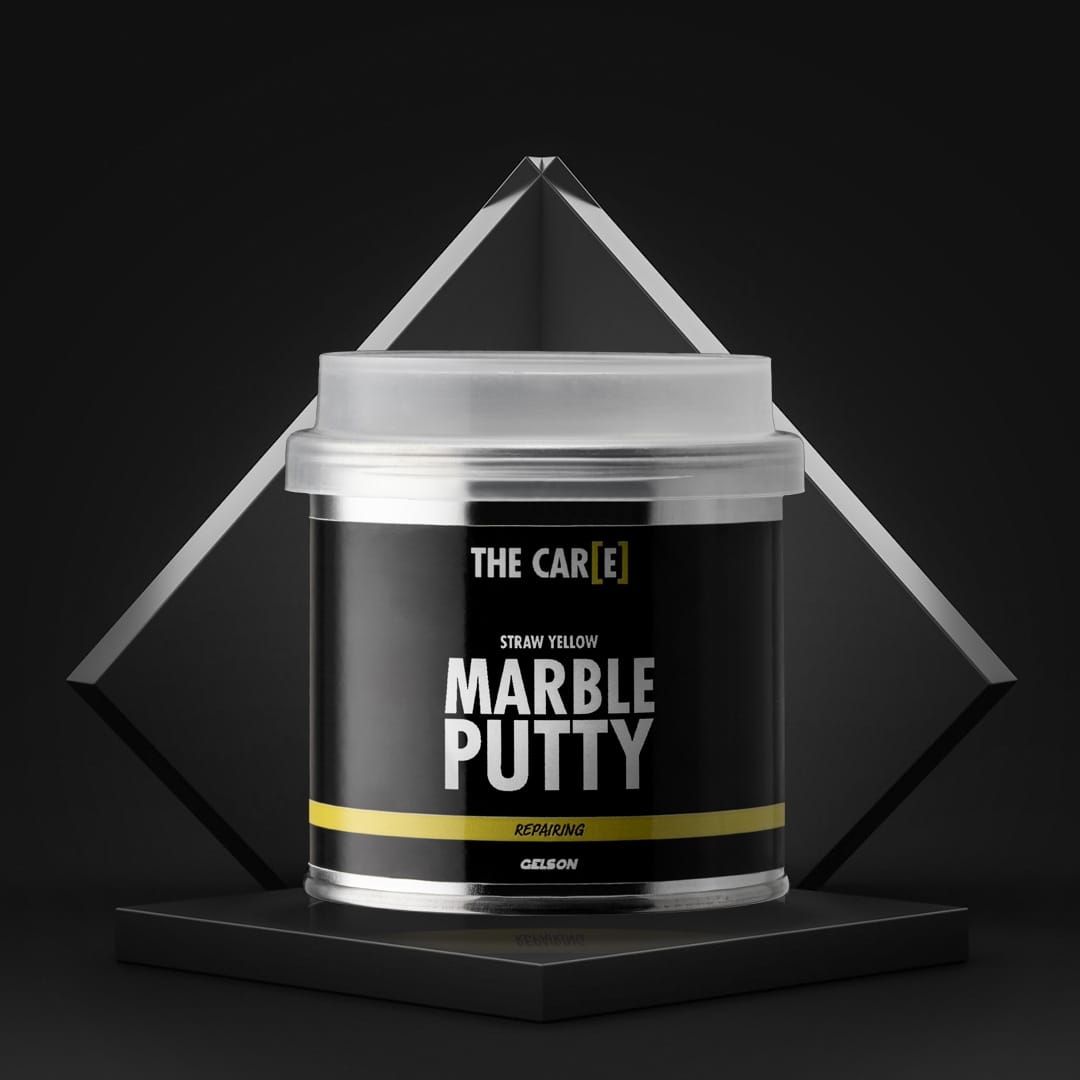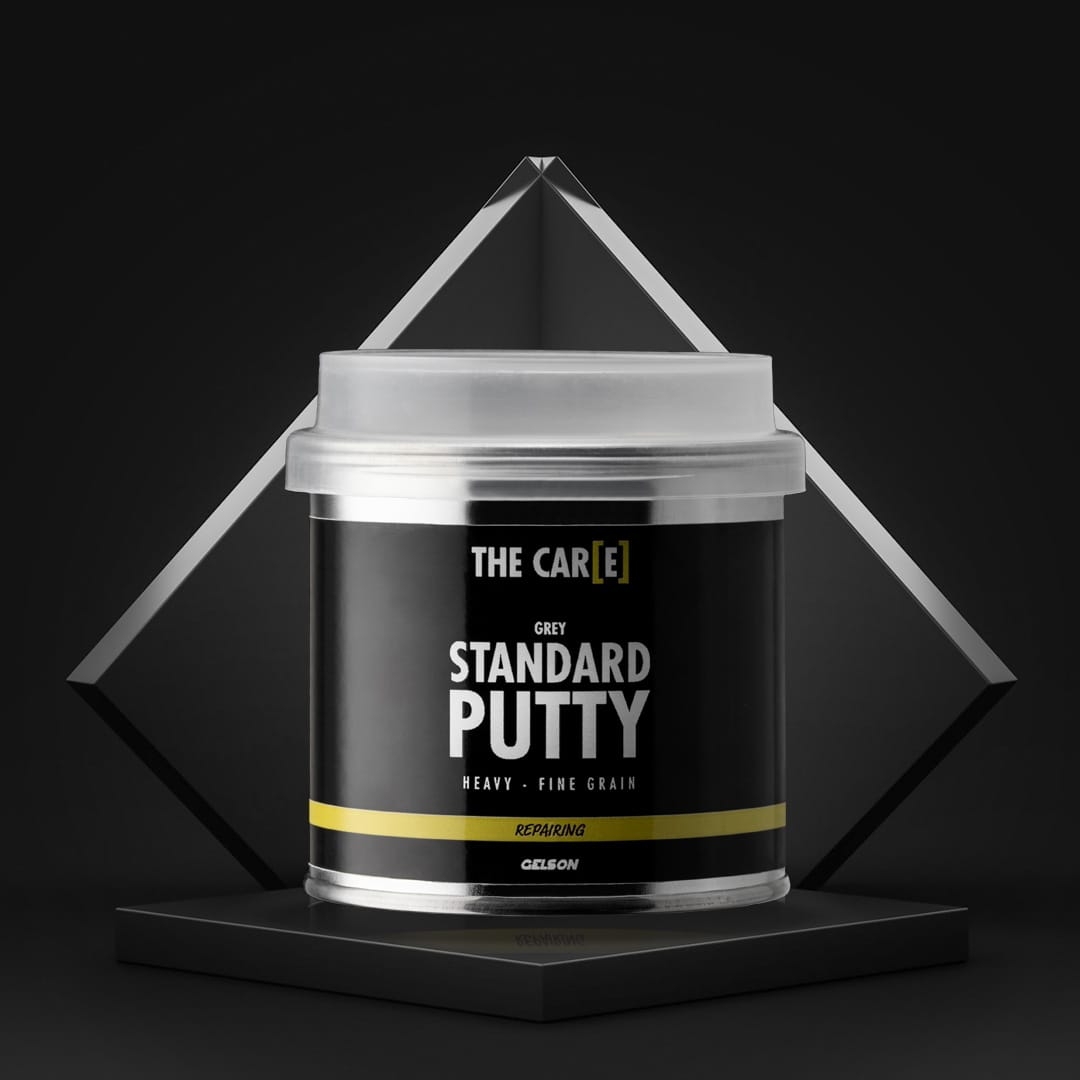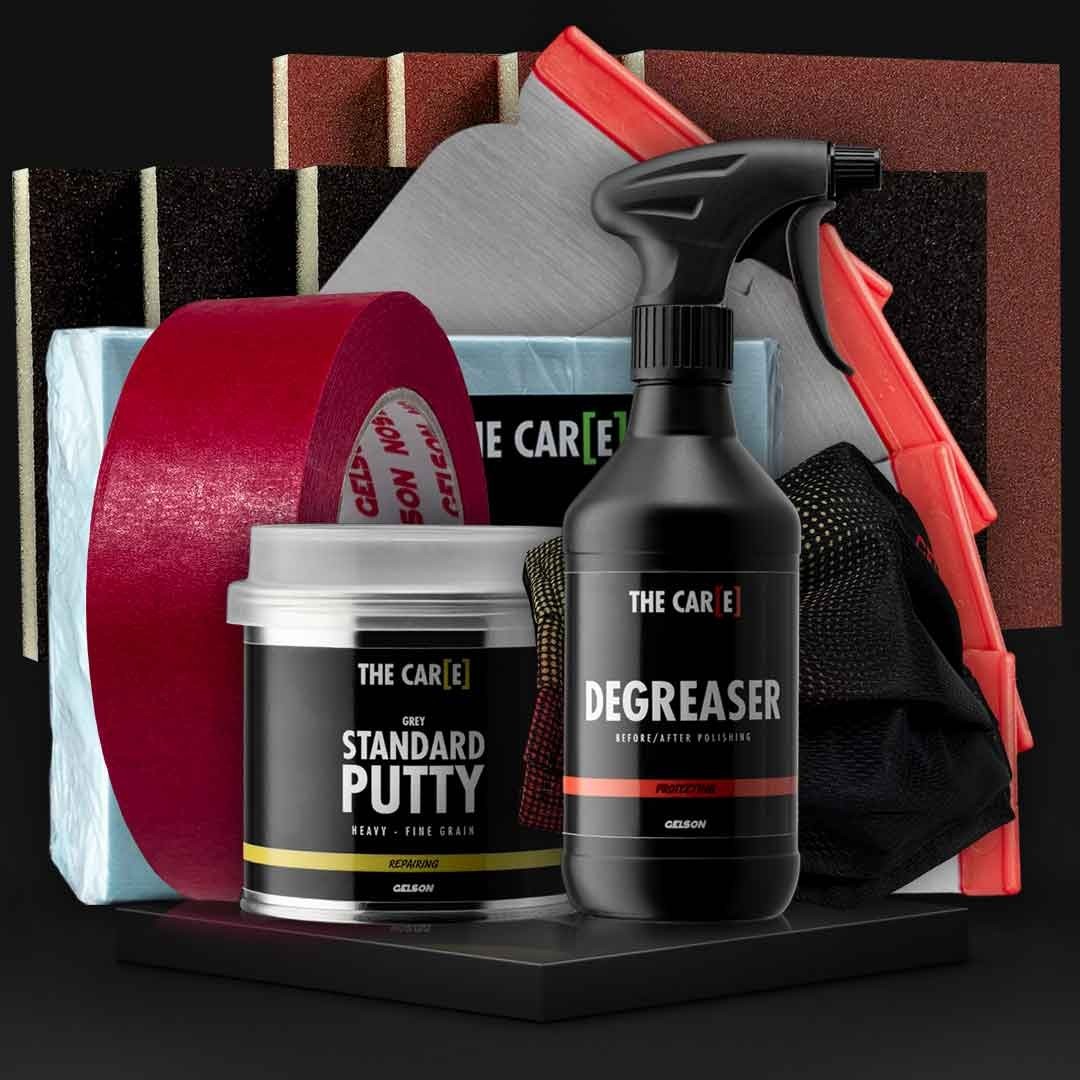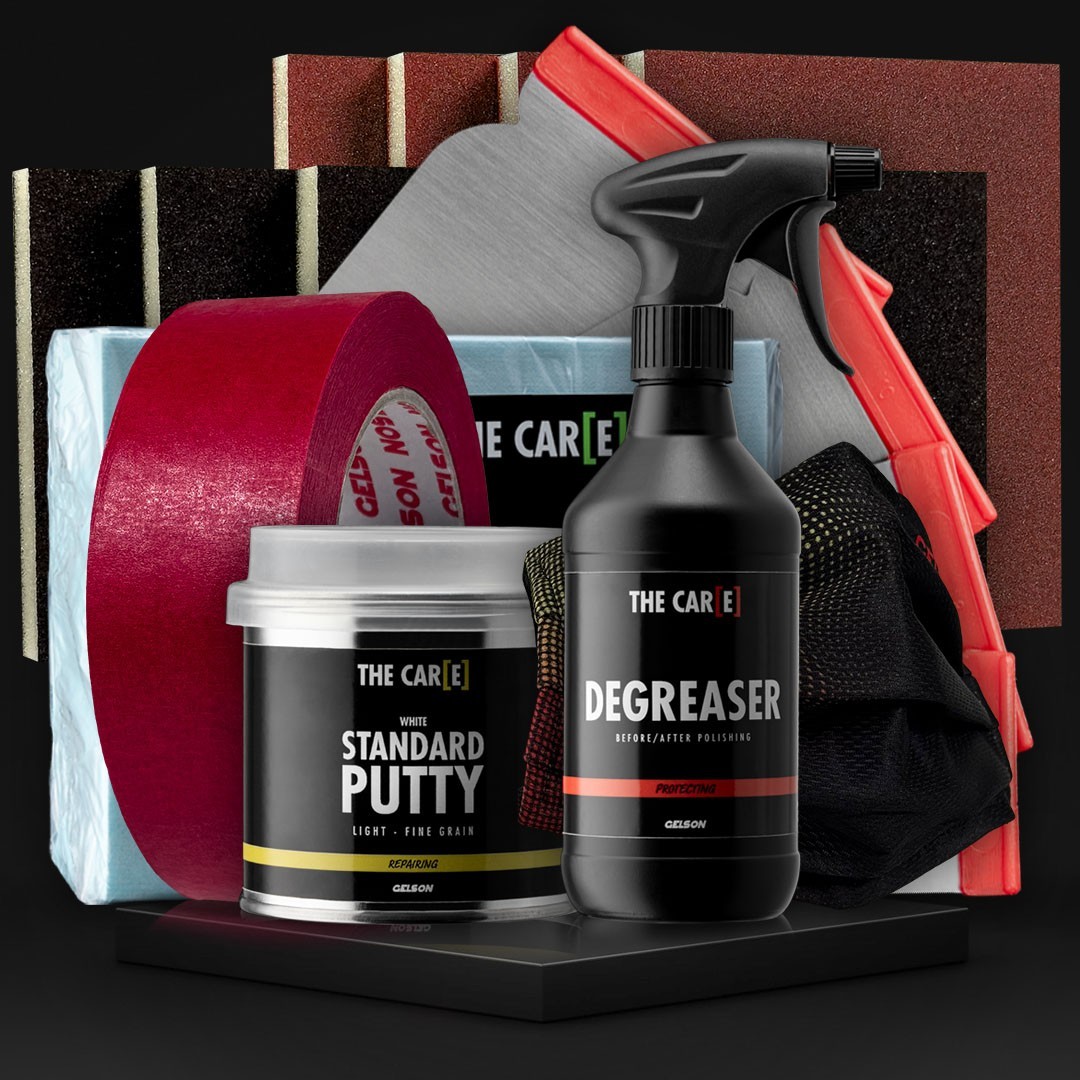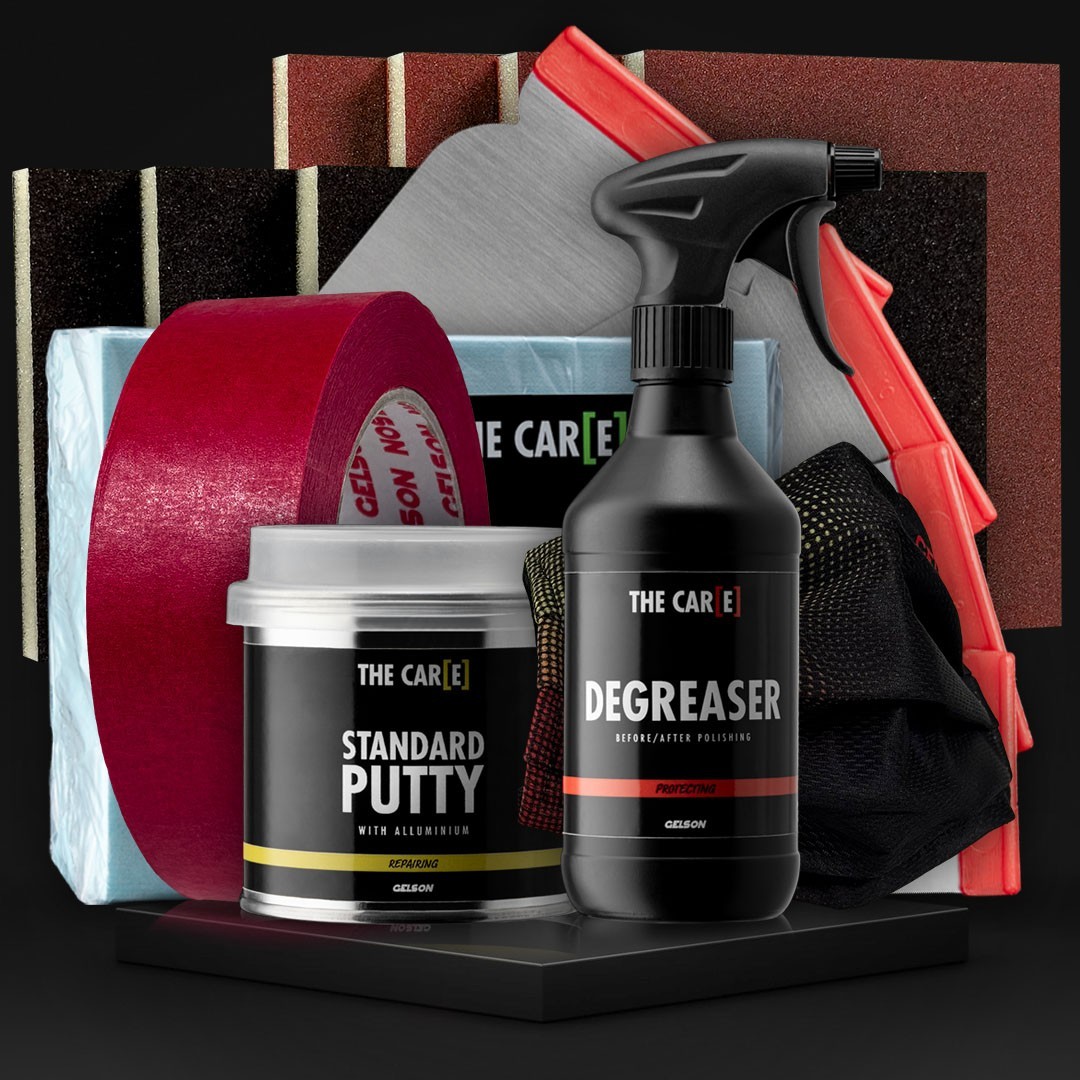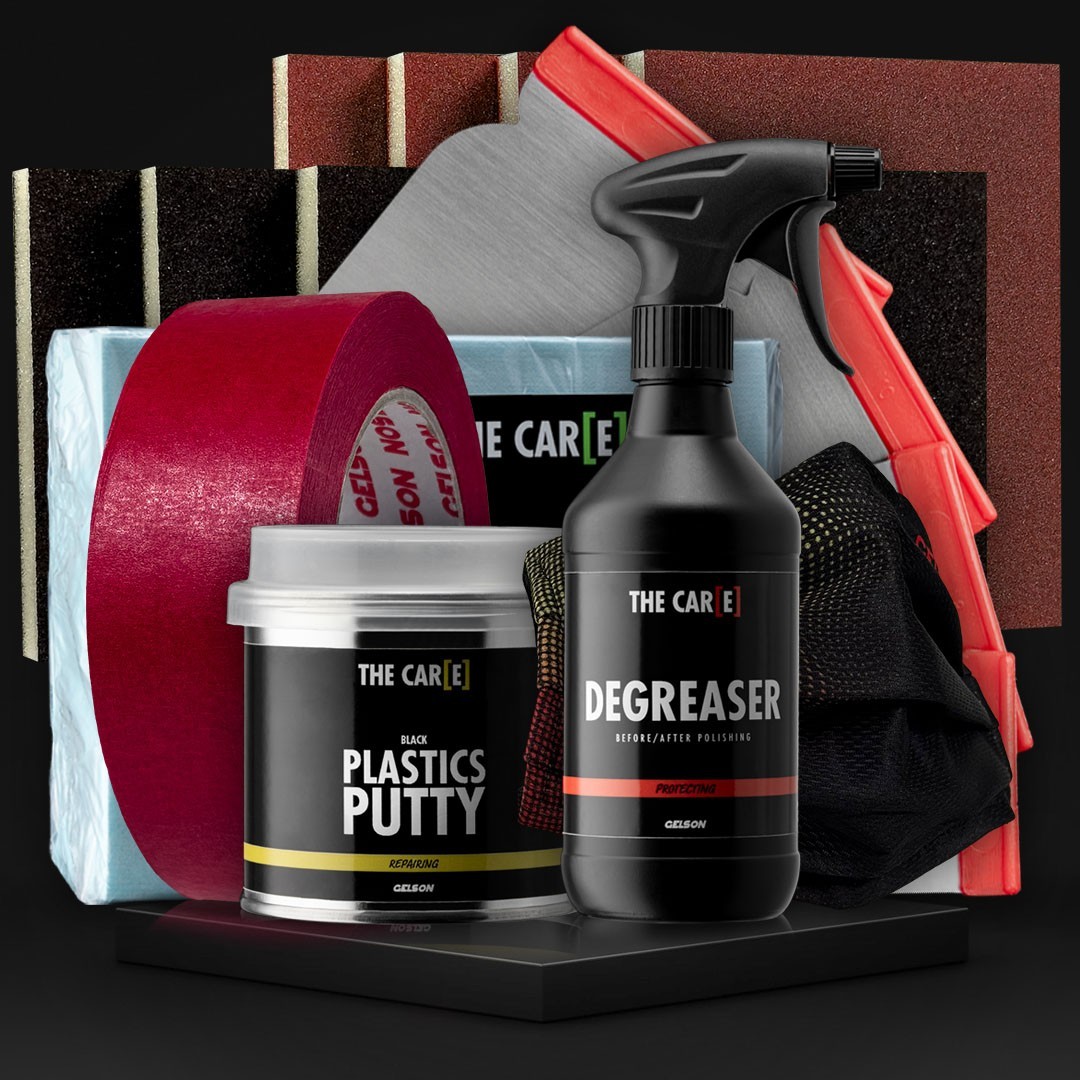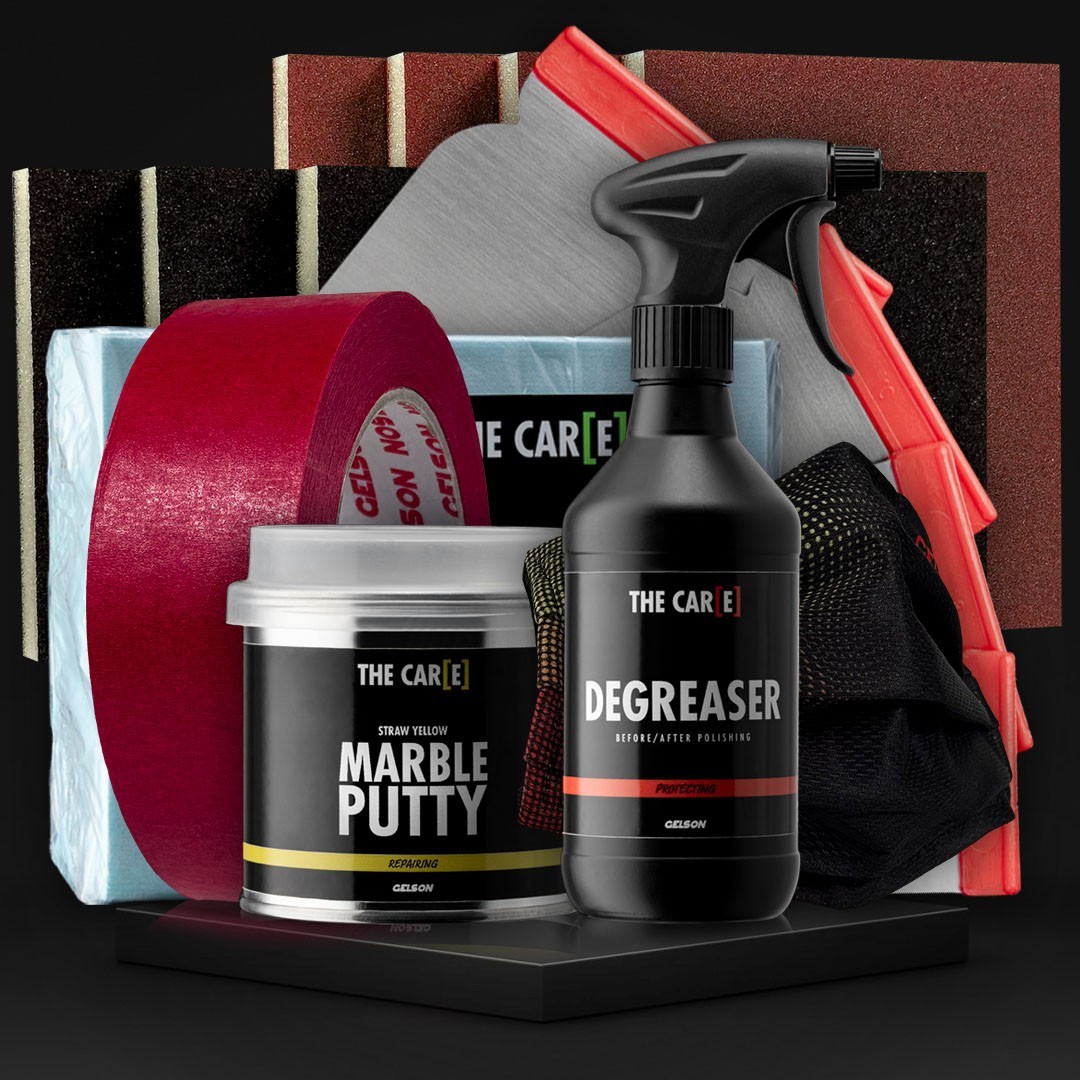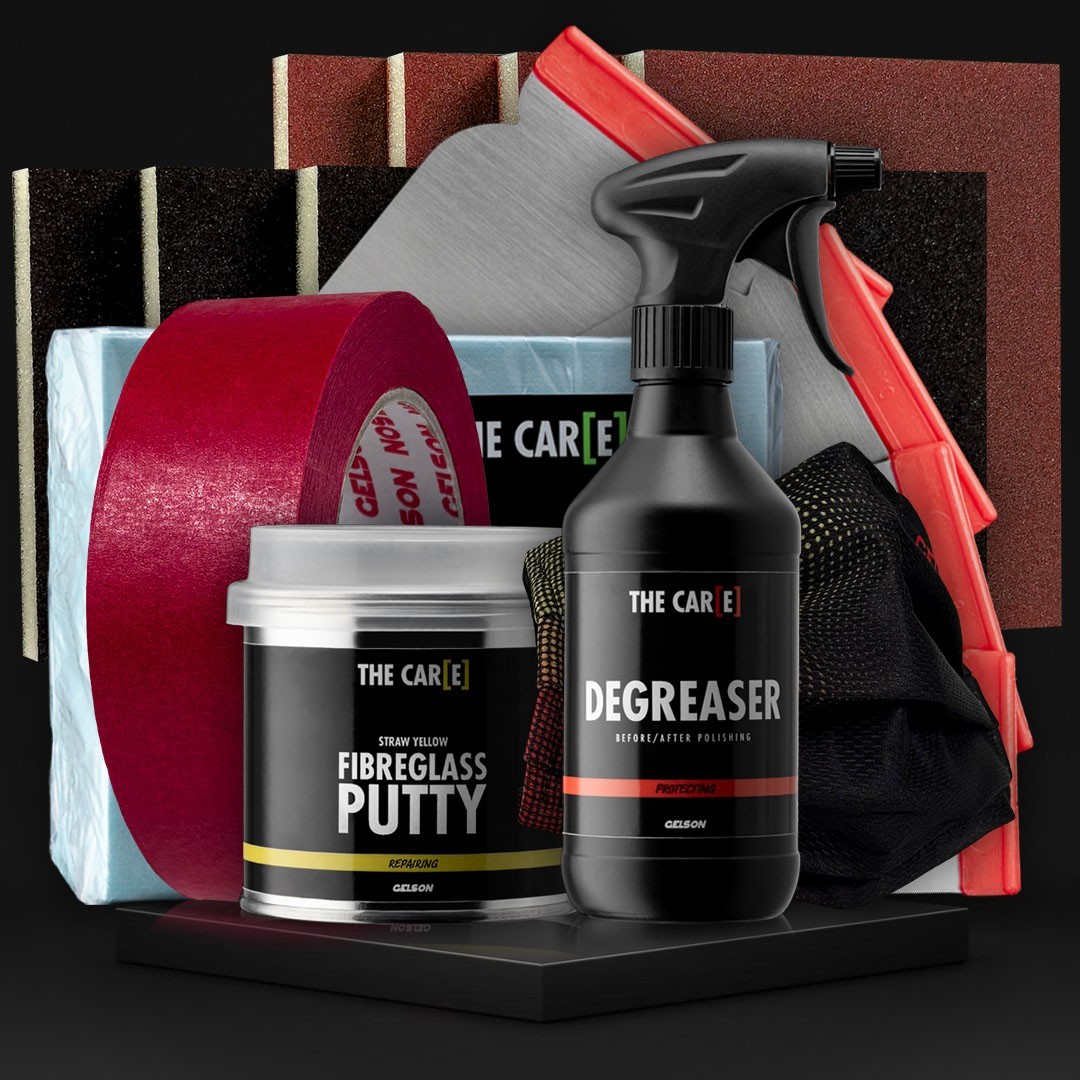Where is stucco applied?
Car repair putty can be used to repair small damages, dents, streaks, pits or other surface imperfections on the car body.
Some of the most common cases in which you can apply stucco to repair minor damage are:
- Streaks and surface marks : You can use filler to fill surface marks on car paint, such as those caused by tree branches or abrasive objects
- Light dents and chips : putty is also effective for repairing light dents caused by impacts or dropped objects
- Stone and debris marks : Marks caused by road debris, such as pebbles and pebbles, can be repaired with putty
- Small defects or cracks : If the paint shows small defects or cracks, filler can help fill these imperfections and restore the smooth appearance of the surface
- Light hail damage : in the event of light hail, stucco can be used to fill and repair the superficial damage caused by it
- Minor collision marks : Damage from minor collisions, such as bumps, bumps, blisters or superficial bumps, can often be repaired with putty
It is important to note that putty is best suited for small repairs and superficial damage. If you have more serious or extensive damage, such as deep dents or structural damage to the bodywork, professional assistance may be necessary. The correct application of stucco requires skill and patience to obtain high-quality results, as it is a process of some complexity.
We have seen some examples of cases in which the use of repair putties is advisable, but on which surfaces can it be done?
Here are examples of practical application of car repair putty on different types of surfaces:
- Bodywork : Filler can be used to repair superficial damage or small dents in car paint
- Sheet metal : dents or minor damage to sheet metal can be repaired with filler and then painted for a smooth finish
- Metal parts : Metal components, such as doors, can be repaired with putty if damaged
- Bumper Plastics : Exterior plastic filler can be used to repair damage or cracks on plastic bumpers
- Other exterior plastics : Exterior plastic parts, such as rearview mirrors or door handles, can be repaired with putty
- Fiberglass surfaces : on fiberglass vehicles, or fiberglass surfaces in the automotive but also nautical sectors, putty with fiberglass is useful for filling dents or superficial damage
- Marble surfaces : In some luxury cars and campers, but also in boats and boats, decorative marble details can be repaired with marble filler
- Plastic surfaces inside : Even plastic parts inside the car can be repaired with putty if damaged
- Bumper fins : Damage to bumper fins, such as wind deflectors, can be repaired with putty
- Friezes and decorative details : Automotive friezes and decorations, often made of plastic or metal, can be repaired with putty
The types of surfaces where putty can be applied are different and cover a wide range of materials common in automotive construction. However, the size and complexity of the damage will determine whether the repair can be handled DIY or will require assistance from an automotive or marine professional.
To guarantee high quality results, today we recommend The Care putty collection which offers a wide range of solutions for small DIY repairs of different materials and surfaces.
These are very high quality fillers, successfully on the market for 60 years, chosen by thousands of professionals, specifically designed to correct imperfections and small marks on the bodywork and other surfaces.
They are all two-component putties, with the catalyst already included in the package, which can be used with the appropriate set of Putty Knife spatulas of different sizes.
Let's discover them briefly together:
- Standard Putty white : light, white, smooth fine-grained putty, for light thicknesses and for finishing
- Standard Putty grey : heavy, grey, porous fine-grained putty, for light to moderate thicknesses
- Standard Putty with aluminium : putty enriched with aluminum flakes, metallic grey, for higher thicknesses, can be layered with itself or with a finishing putty such as Standard Putty white or Standard Putty gray
- Fibreglass Putty : putty for fibreglass, with glass fibres, for higher thicknesses, which can also be stratified according to needs
- Plastics Putty black : putty for bumpers and other plastic parts, black, elastic
- Marble Putty : creamy, non-pigmented marble putty, applicable for both horizontal and vertical surfaces
Read also:
Related Products

